What killed Kurt Cobain? A review of Kurt Cobain: Montage of Heck
A new documentary is poised to become the definitive account of the Nirvana frontman's life

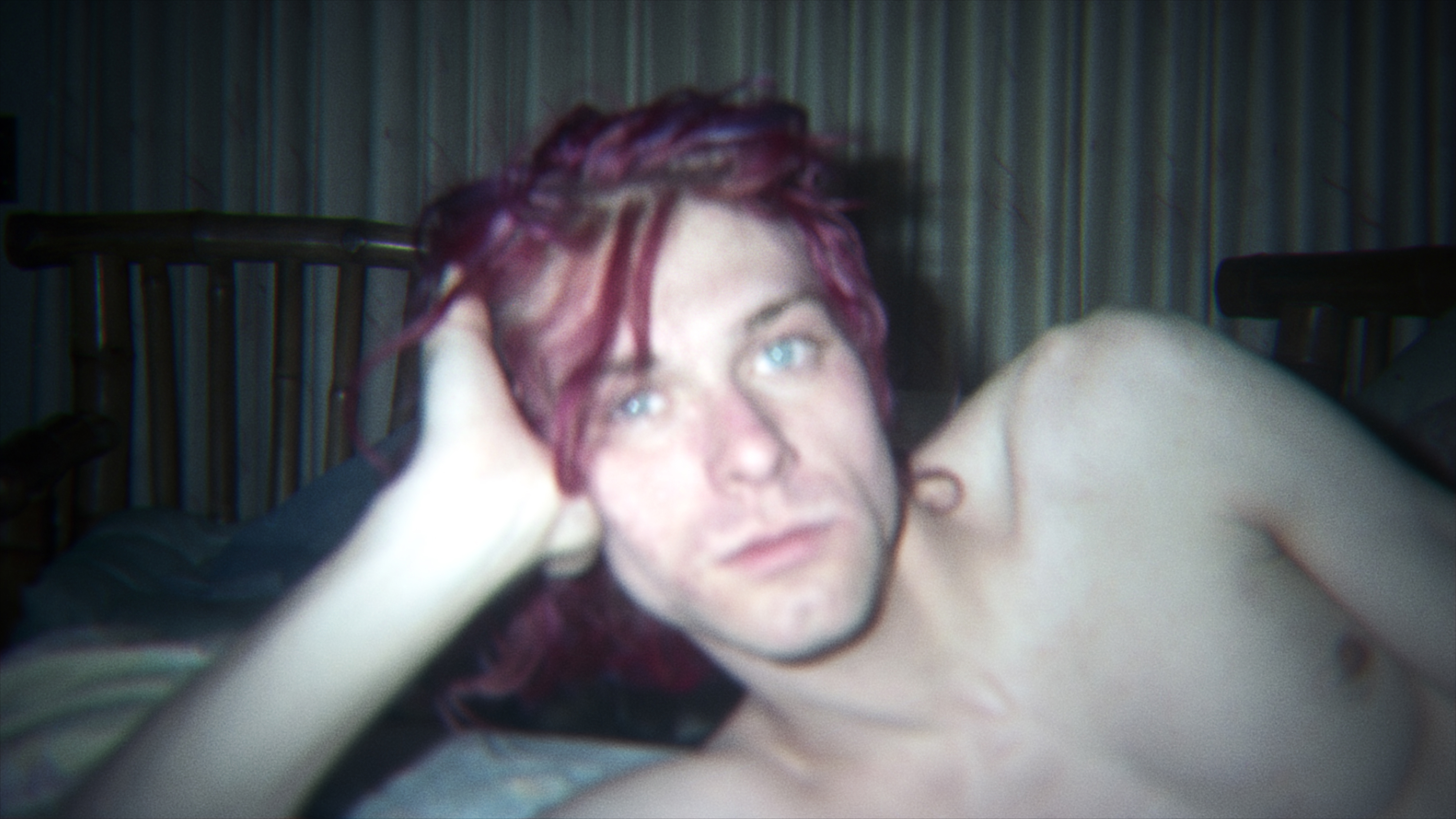
In the abundant lore that surrounds the band Nirvana, there are two documentary artifacts that stand out as bookends to Kurt Cobain's brief and volatile reign as the world's most famous rock star.
The first is 1991: The Year Punk Broke, which is ostensibly a chronicle of Sonic Youth's European tour that year, but is better known for capturing Nirvana, then a mere opening act, at the moment before they became the poster children for what would be known as alternative music. Wild and skinny, with bare patches on their jeans and drapes of greasy hair, they are like mangy alley cats in the way they claw at their instruments and maul each other, as if they are suffering from such a surfeit of life that they have to destroy batches of it during every set. This ebullient self-obliteration takes many forms — heads rammed into amplifiers, mind-bending substances taken in apparently copious amounts — but reaches its glorious crescendo in Cobain's running leap into Dave Grohl's drum set at the Reading Festival, an act of pseudo-martyrdom that is met with a roar of approval from the waving, whistling crowd.
The second is the band's performance for the MTV Unplugged series, taped a mere two years later and four months before Cobain's suicide in April of 1994. Bitter, exhausted, and strung out on heroin, Cobain hunches over his guitar like a crone over her sewing, amidst a funereal set of black candles and lilies. Every note that comes out of his mouth appears to pain him. There is no trace of joy in the proceedings, only labor and a deep misery. There is life in those startling blue eyes, but it's the last pale flame of a great conflagration.
The Week
Escape your echo chamber. Get the facts behind the news, plus analysis from multiple perspectives.

Sign up for The Week's Free Newsletters
From our morning news briefing to a weekly Good News Newsletter, get the best of The Week delivered directly to your inbox.
From our morning news briefing to a weekly Good News Newsletter, get the best of The Week delivered directly to your inbox.
What happened? That question has been the subject of countless articles, books, and movies over the past two decades, not to mention the source of numerous conspiracy theories. His death remains a touchstone for discussions about alienated youth, drug addiction, and the burdens of fame, with Cobain presiding over our celebrity-infatuated culture like some dark patron saint.
And so it is into a crowded arena that Kurt Cobain: Montage of Heck strides. But as the first authorized documentary of his life, it arrives with a force of authority that even acclaimed biographies like Heavier Than Heaven have never mustered. Armed with primary source material — home videos, journals, and audio recordings — that the broader public has never seen or heard before, it was greeted as an instant classic upon its debut at the Sundance Film Festival earlier this year, and is poised to become the definitive account of Cobain when it is released in theaters on April 24 and begins streaming on HBO on May 4.
The movie takes its name from a mixtape Cobain made in his early twenties, but it also serves as an apt description of director Brett Morgen's approach to the wealth of material at his disposal. He employs the usual devices of documentary filmmaking — interviews with family members and friends, spinning tabloid headlines and magazine covers — but they are used sparingly, providing only a skeletal framework to showcase Cobain's raw responses to the heckish troubles that ceaselessly engulf him. One consequence is that it is sometimes easy to lose sight of the historical context: Morgen is not one to poke his head in the frame, so to speak, to tell you what year In Utero was released or how Dave Grohl ended up in the band (he simply materializes in the archival footage about halfway through the movie). But the great virtue of Morgen's method is that it allows Cobain to be the narrator of his own life — which, to paraphrase Rilke, is really just the story of how a death comes to fruition.
So what killed Kurt Cobain? Was it his troubled youth in Aberdeen, Washington? The insane pressure that comes from being crowned the voice of a generation? Heroin? Courtney Love in the conservatory with a candlestick?
A free daily email with the biggest news stories of the day – and the best features from TheWeek.com
The movie ends just before his death, declining to delve into the lurid accusations of murder that followed Cobain's suicide by shotgun. But it shows how a confluence of events combined to make suicide a specter that haunted his entire life, starting with the dissolution of his parents' marriage. A difficult child, he was passed around between his mother and father and assorted relatives, none of whom had much patience for his antics. As his stepmother puts it, "I don't know how anybody deals with having your whole family reject you."
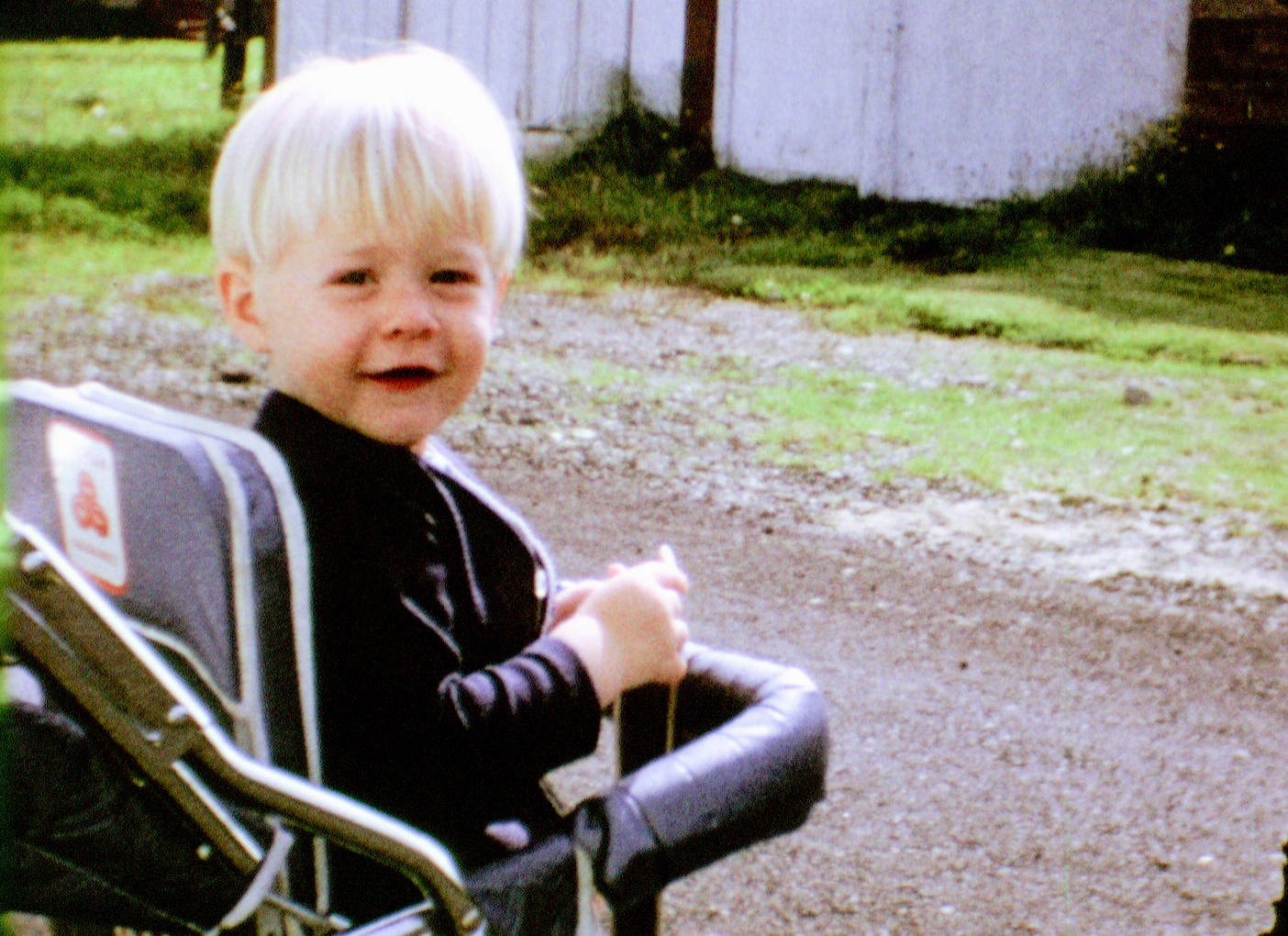
His life outside the family was no better, where he seems to have struggled mightily with traditional notions of masculinity, particularly as they related to sex. These concepts were internalized but only warped him and furthered his estrangement, a conundrum captured in a disturbing audio recording in which Cobain claims he once tried to seduce a "very fat" girl who suffered from learning disabilities; when his classmates found out, he was ridiculed as a "retard f--ker," a humiliation that led him to attempt suicide by lying on the train tracks. (They turned out to be the wrong ones, and the train passed him by.) The fear of humiliation would become a constant theme in his life, cropping up in how critics responded to his work, the media's fascination with his dissolute lifestyle, and in his relationship with Love.
His brush with death convinced him to shape up, to lift weights and try harder at school, but as Cobain says, "I still never had any friends, because I hated everyone, for they were so phony." There it is, the word that has been a bogeyman for angst-ridden adolescents ever since the days of Holden Caulfield. But while Holden had New York City to flee to, Kurt in isolated Aberdeen found deliverance in that time-honored talisman: a mixtape. The track listing for this tape, bequeathed to him like precious samizdat by Buzz Osborne of the Melvins, reads like a Rosetta Stone to Nirvana's sound. The Stooges, the Vaselines, the Germs, Black Flag — these bands would surface again and again in Cobain's music, whether their songs were covered explicitly or were encoded in Nirvana's DNA. (Pat Smear of the Germs even became a touring member of Nirvana.) That Cobain was so intent on sharing his influences was not only a way of paying tribute to these bands, but of offering their redemptive power to teens as lost as he was — as he told an interviewer about his perceived audience, "I'm playing to kids." After all, is there any antidote to phoniness that is stronger than a shot of undiluted punk rock?
This was easily the happiest, most uncomplicated time in Cobain's life, reflected in private journals that are brilliantly rendered through animation. Cobain's scrawl is seen walking across the page. A word is crossed out in an accumulating thicket of scratches. Street maps to various rock clubs in Seattle spring to jagged life. In a pre-internet age, these notebooks were used for everything: reminders ("bring snare," "rent Eraserhead"), aphoristic manifestos ("learn not to play your instrument"), confessions ("I am threatened by ridicule"), and brainstorming sessions for his band's name ("Bliss," "Erectum," "Fecal Matter," and "Hare Lip," to name a few contenders). These journals are as close to his unfiltered self as we will ever get, and are invaluable in providing a sense of Cobain's personality: He was damaged and vulnerable, but also ambitious, irrepressible, very smart, and very funny.
But, as Iggy Pop once wryly warned, here comes success. It's hard to appreciate now just how big Nirvana was, partly because it is unimaginable that such a heavy band could enjoy Beyonce-like levels of domination. It could only have happened in the 1990s, when the industry was looking for a face for this new movement and when the vast bulk of humanity got their music from two sources: the radio and MTV. And it was the inanity of MTV culture, where great music met the corporate meat grinder, that eventually soured Cobain on the music itself. This was the point where the violence of early Nirvana concerts, so life-affirming in its demented way, gave way to a detached figure going through the motions in front of thousands of screaming fans. As Morgen focuses on their mindless rapture, it is unclear whether they are prostrating themselves before the cult of Kurt or the cult of celebrity in general.
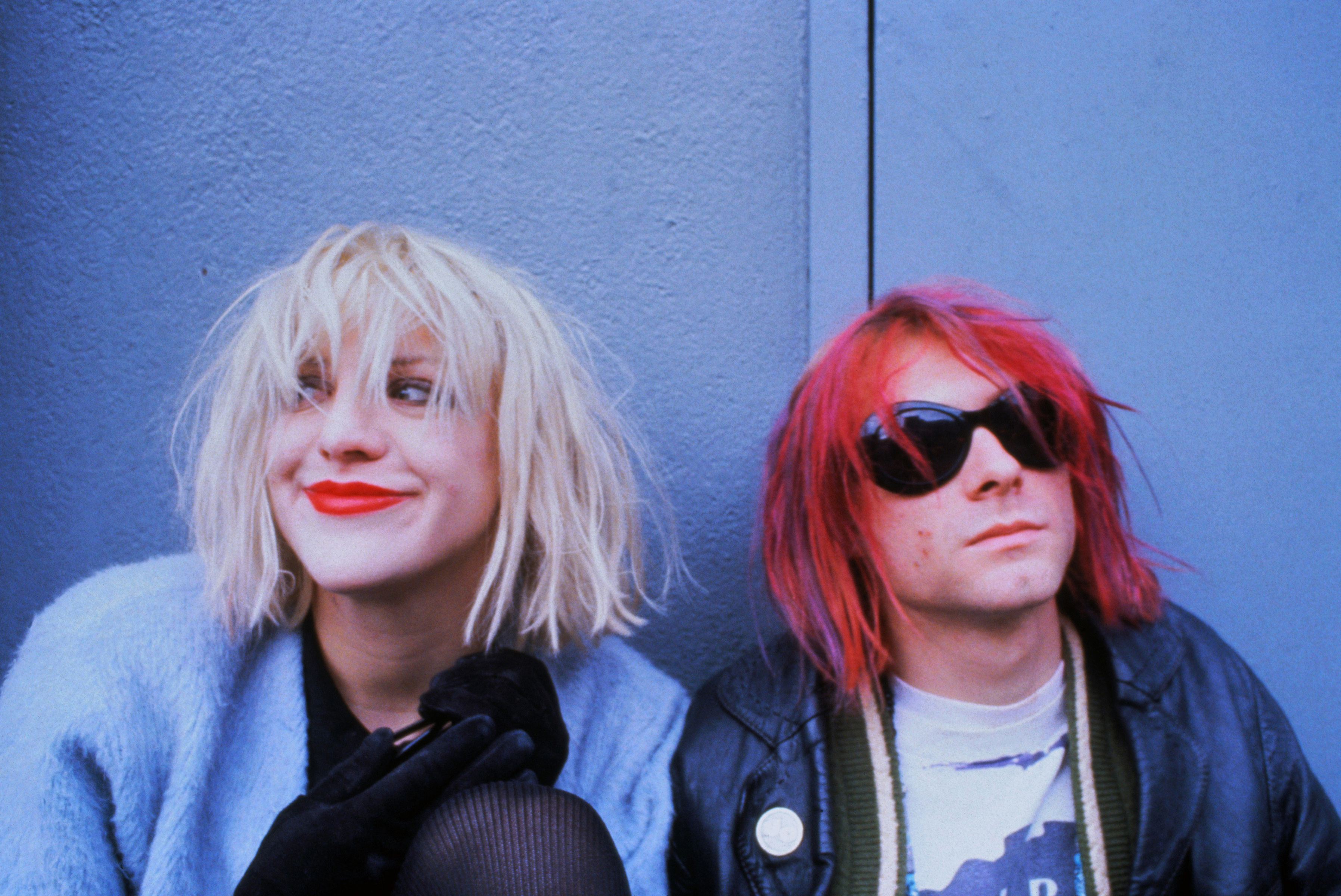
Without the music, what else was there? According to Cobain's journals, he first tried heroin in 1987, partly to ease his chronic stomach pains, which caused him to cough up blood and vomit so wretchedly that he wanted to kill himself. (A fact that lends pathos to otherwise cryptic lyrics like, "I'm on warm milk and laxatives/cherry-flavored antacids.") But he really went down the rabbit hole after the dizzying success of Nevermind, released in 1991, which coincided with the beginning of his romance with Love. This portion of the movie, a series of home videos of Cobain and Love blissing out to a lot of heroin and to each other, is revelatory. The longstanding image of a manipulative, ruthless Courtney preying on helpless Kurt is dispelled; they were just a couple of kids in love, albeit very famous ones with enough drugs to sedate the city of Seattle. Their bond only seemed to flower with the birth of their daughter, Frances Bean, and there are numerous clips of Cobain doing all the usual silly things that new dads do: making faces, emitting high-pitched noises, just goofing around.
But there were signs that Cobain's life was falling apart. A clip of a heroin-addled Cobain dozing off as he holds Frances Bean is sure to become infamous. The cover for Incesticide, released in 1992, shows an infant clasping a washed-out, stick-like figure, whose wrist is hooked around a poppy plant. And while Love always seems to be in the pink of health, seemingly impervious to heroin's ravages, Cobain grows emaciated and lesions start to spot his body. At one point his skin is so pale that it threatens to turn a hypothermic blue.
It is doubly a shame, because the birth of his daughter appeared to offer Cobain a way of overcoming the traumas of his childhood. "I'm not my father," he declares at one point, confident that he is capable of loving his child. His nuclear family also represented a sanctuary from a corrupt world that had tainted his art, even if Love admits that she had been tempted to cheat on him, which is portrayed as a devastating humiliation.
But it would seem that the primary culprit was the smack. Montage of Heck has been rightly hailed for demythologizing Cobain, and returning him to human size. But in so doing it has also robbed his life of much of its narrative power. As the movie closes with Nirvana's famous cover of the Lead Belly song "Where Did You Sleep Last Night," performed for MTV Unplugged, it's hard not to conclude that the main lesson to be drawn from Cobain's life is that heroin is a hell of a drug.
Ryu Spaeth is deputy editor at TheWeek.com. Follow him on Twitter.
-
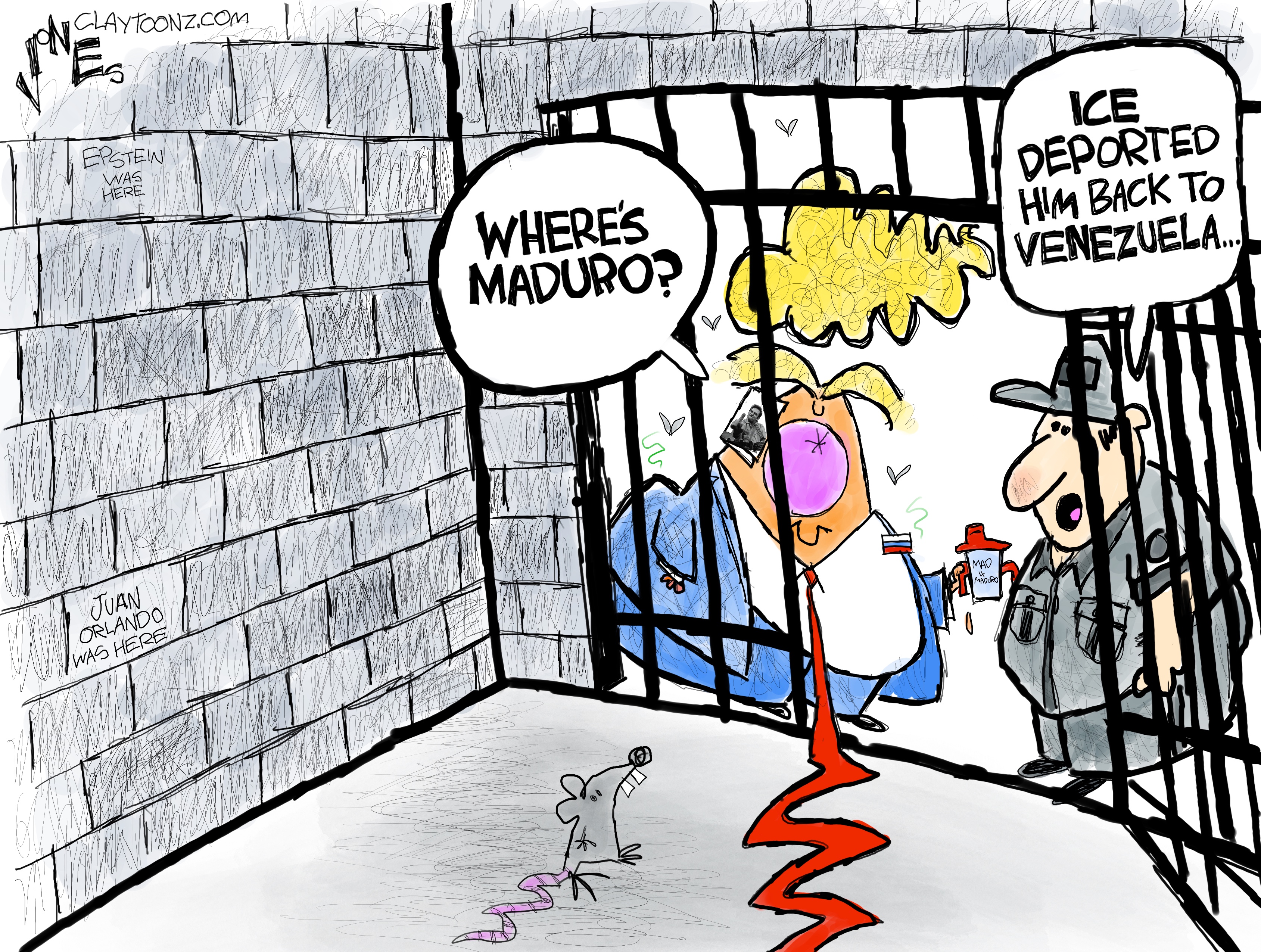 Political cartoons for January 6
Political cartoons for January 6Cartoons Tuesday’s political cartoons include wrongful deportation, a monster under the surface, and more
-
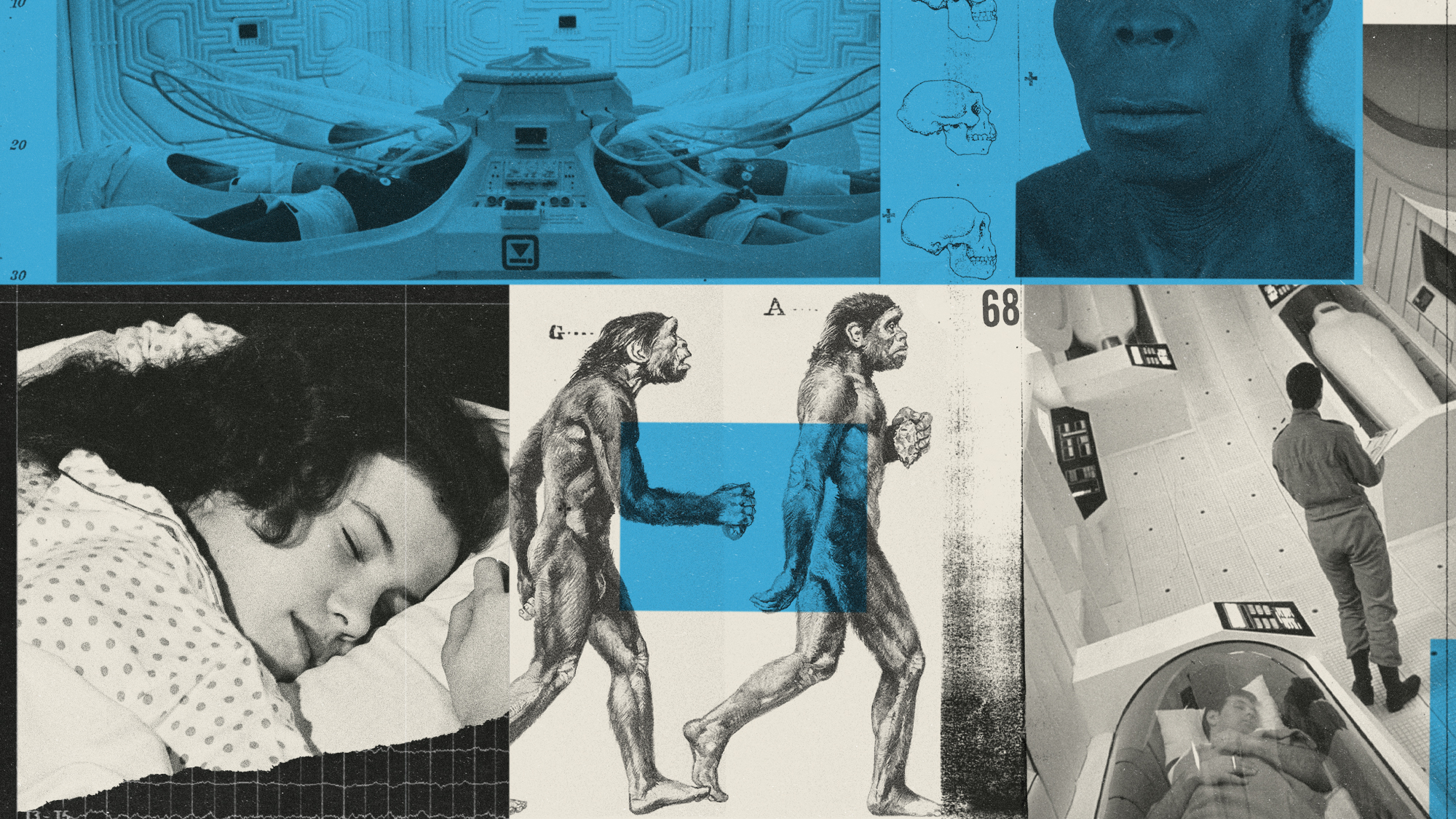 Why don’t humans hibernate?
Why don’t humans hibernate?The Explainer The prospect of deep space travel is reigniting interest in the possibility of human hibernation
-
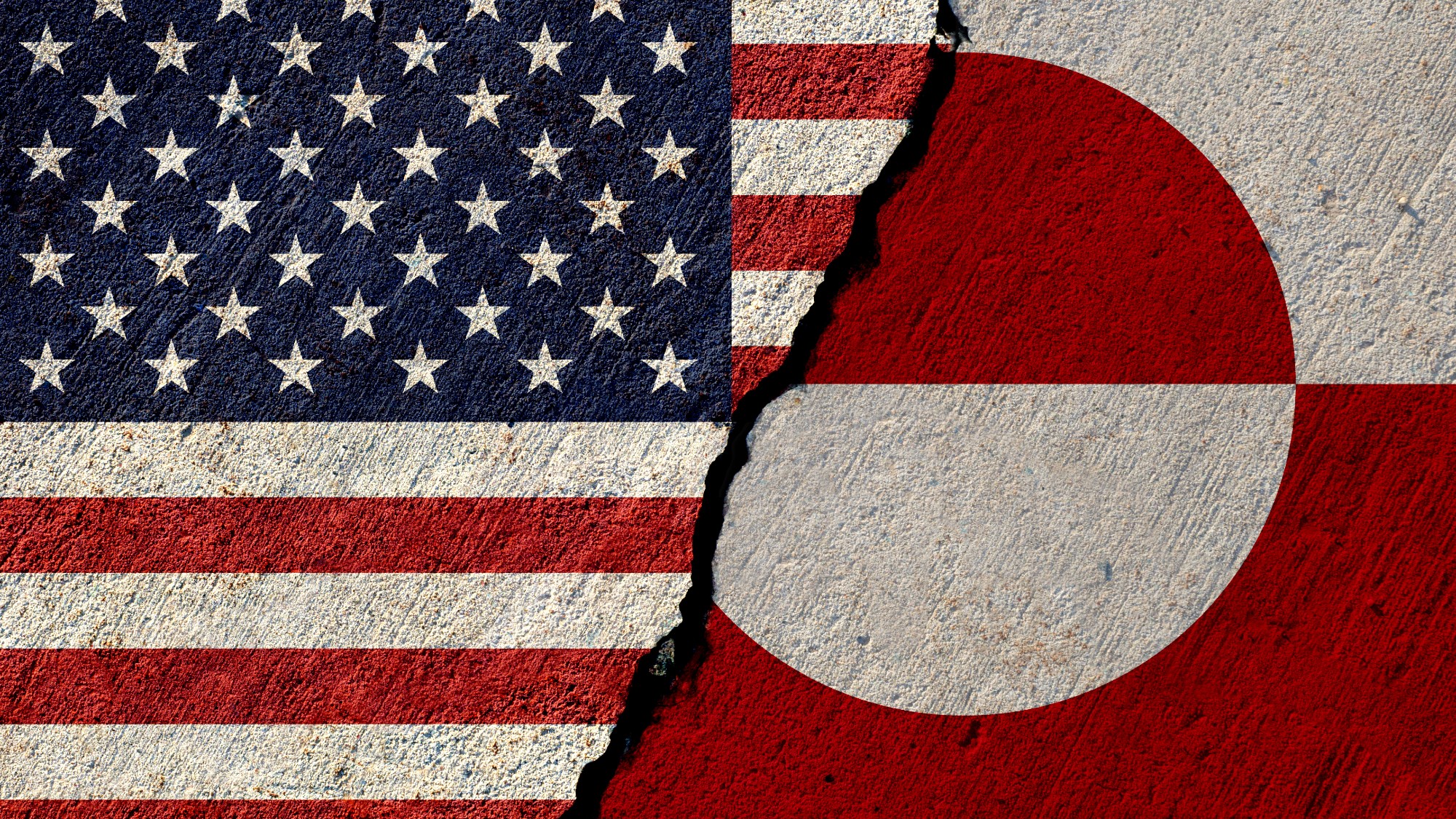 Would Europe defend Greenland from US aggression?
Would Europe defend Greenland from US aggression?Today’s Big Question ‘Mildness’ of EU pushback against Trump provocation ‘illustrates the bind Europe finds itself in’